Muhammad Waleed Khan
A Survey of Deep Learning Techniques for the Analysis of COVID-19 and their usability for Detecting Omicron
Feb 13, 2022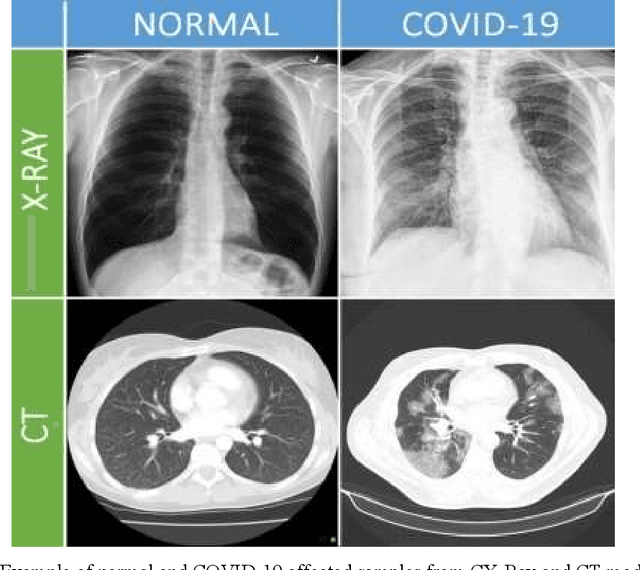

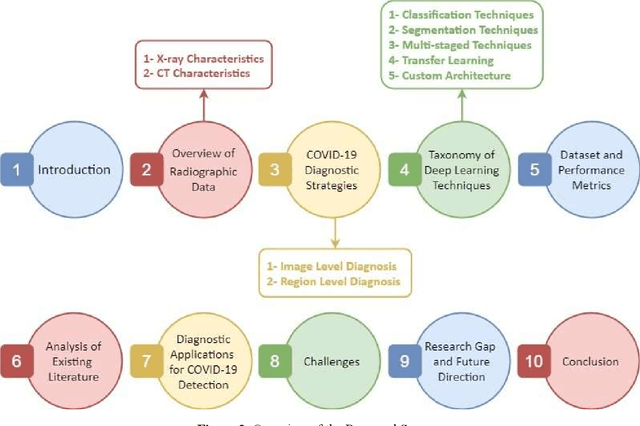
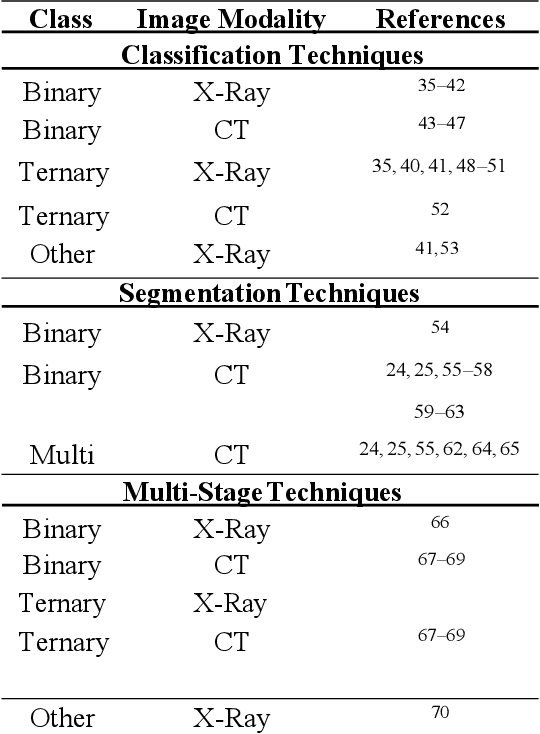
Abstract:The Coronavirus (COVID-19) outbreak in December 2019 has become an ongoing threat to humans worldwide, creating a health crisis that infected millions of lives, as well as devastating the global economy. Deep learning (DL) techniques have proved helpful in analysis and delineation of infectious regions in radiological images in a timely manner. This paper makes an in-depth survey of DL techniques and draws a taxonomy based on diagnostic strategies and learning approaches. DL techniques are systematically categorized into classification, segmentation, and multi-stage approaches for COVID-19 diagnosis at image and region level analysis. Each category includes pre-trained and custom-made Convolutional Neural Network architectures for detecting COVID-19 infection in radiographic imaging modalities; X-Ray, and Computer Tomography (CT). Furthermore, a discussion is made on challenges in developing diagnostic techniques in pandemic, cross-platform interoperability, and examining imaging modality, in addition to reviewing methodologies and performance measures used in these techniques. This survey provides an insight into promising areas of research in DL for analyzing radiographic images and thus, may further accelerate the research in designing of customized DL based diagnostic tools for effectively dealing with new variants of COVID-19 and emerging challenges.
Extracting Signals of Higgs Boson From Background Noise Using Deep Neural Networks
Oct 16, 2020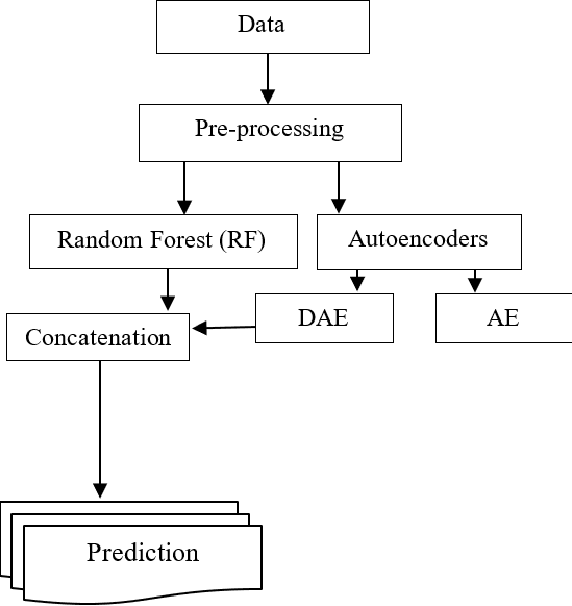

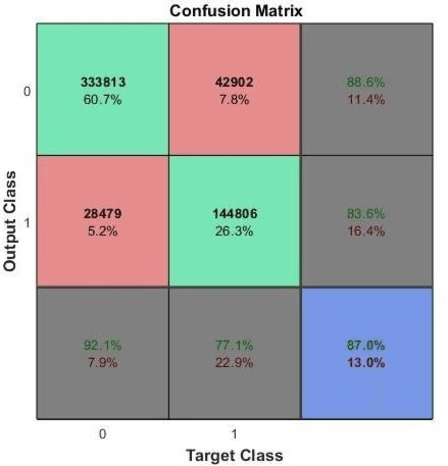
Abstract:Higgs boson is a fundamental particle, and the classification of Higgs signals is a well-known problem in high energy physics. The identification of the Higgs signal is a challenging task because its signal has a resemblance to the background signals. This study proposes a Higgs signal classification using a novel combination of random forest, auto encoder and deep auto encoder to build a robust and generalized Higgs boson prediction system to discriminate the Higgs signal from the background noise. The proposed ensemble technique is based on achieving diversity in the decision space, and the results show good discrimination power on the private leaderboard; achieving an area under the Receiver Operating Characteristic curve of 0.9 and an Approximate Median Significance score of 3.429.
Wind Speed Prediction using Deep Ensemble Learning with a Jet-like Architecture
Mar 20, 2020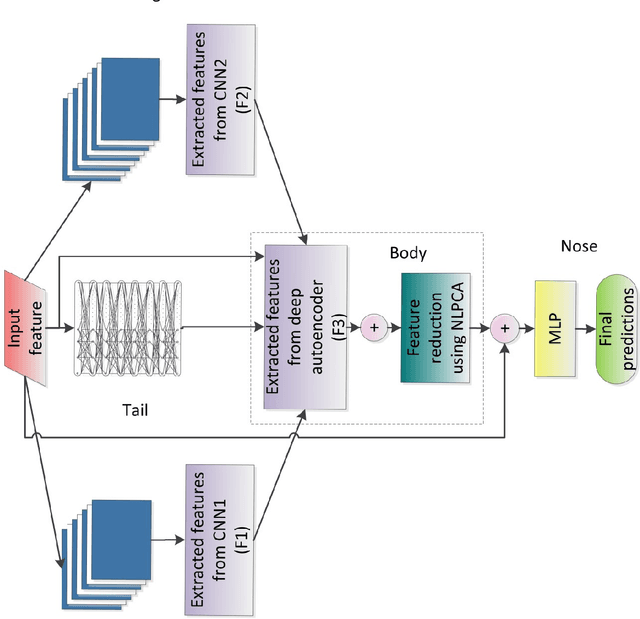

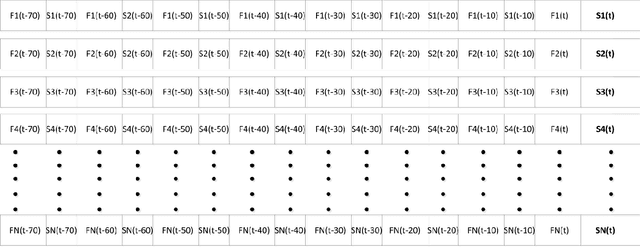
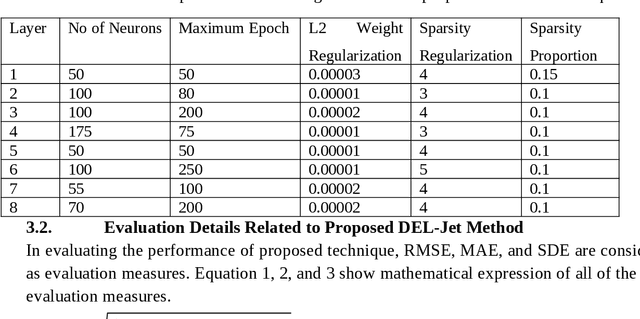
Abstract:The wind is one of the most increasingly used renewable energy resources. Accurate and reliable forecast of wind speed is necessary for efficient power production; however, it is not an easy task because it depends upon meteorological features of the surrounding region. Deep learning is extensively used these days for performing feature extraction. It has also been observed that the integration of several learning models, known as ensemble learning, generally gives better performance compared to a single model. The design of wings, tail, and nose of a jet improves the aerodynamics resulting in a smooth and controlled flight of the jet against the variations of the air currents. Inspired by the shape and working of a jet, a novel Deep Ensemble Learning using Jet-like Architecture (DEL-Jet) technique is proposed to enhance the diversity and robustness of a learning system against the variations in the input space. The diverse feature spaces of the base-regressors are exploited using the jet-like ensemble architecture. Two Convolutional Neural Networks (as jet wings) and one deep Auto-Encoder (as jet tail) are used to extract the diverse feature spaces from the input data. After that, nonlinear PCA (as jet main body) is employed to reduce the dimensionality of extracted feature space. Finally, both the reduced and the original feature spaces are exploited to train the meta-regressor (as jet nose) for forecasting the wind speed. The performance of the proposed DEL-Jet technique is evaluated for ten independent runs and shows that the deep and jet-like architecture helps in improving the robustness and generalization of the learning system.
 Add to Chrome
Add to Chrome Add to Firefox
Add to Firefox Add to Edge
Add to Edge